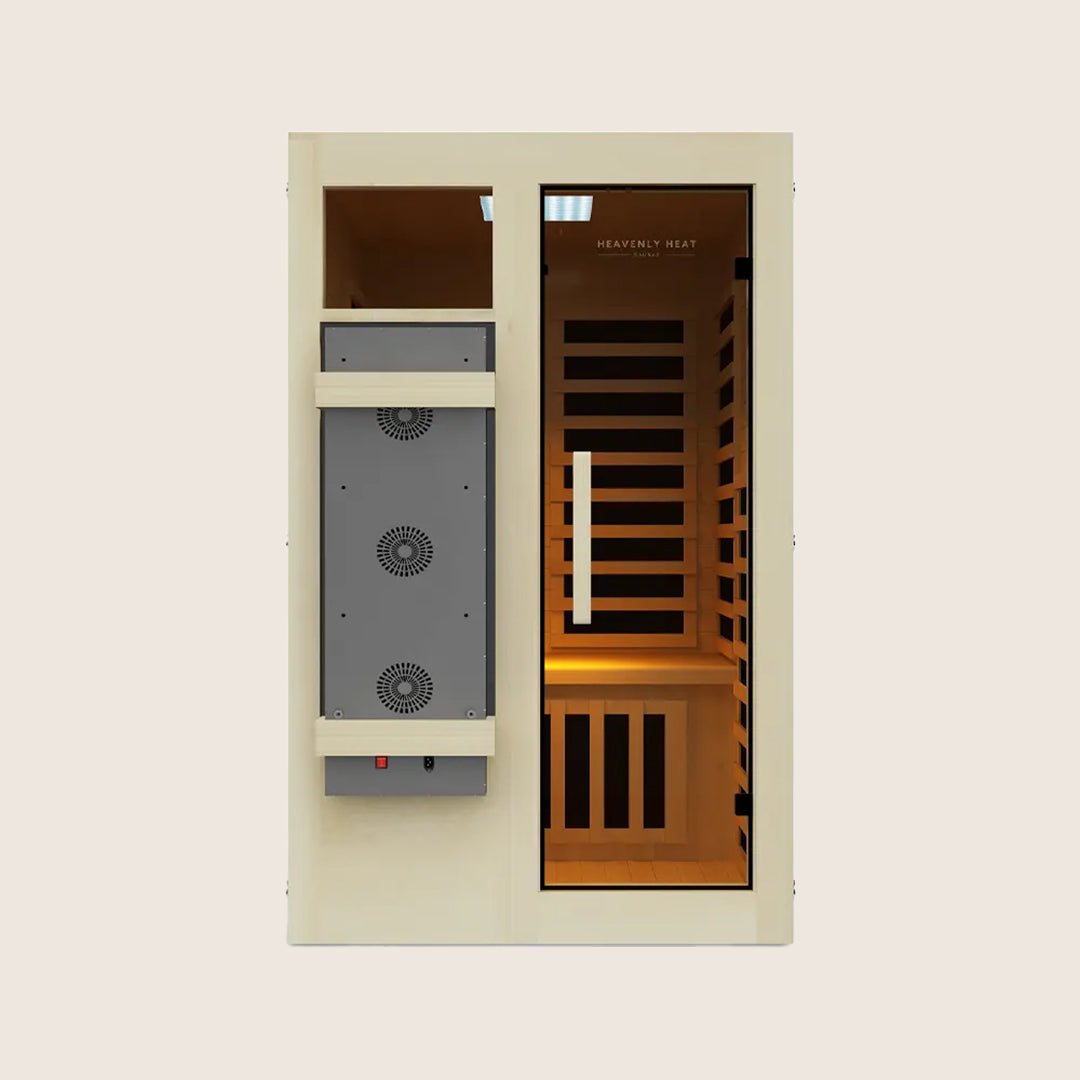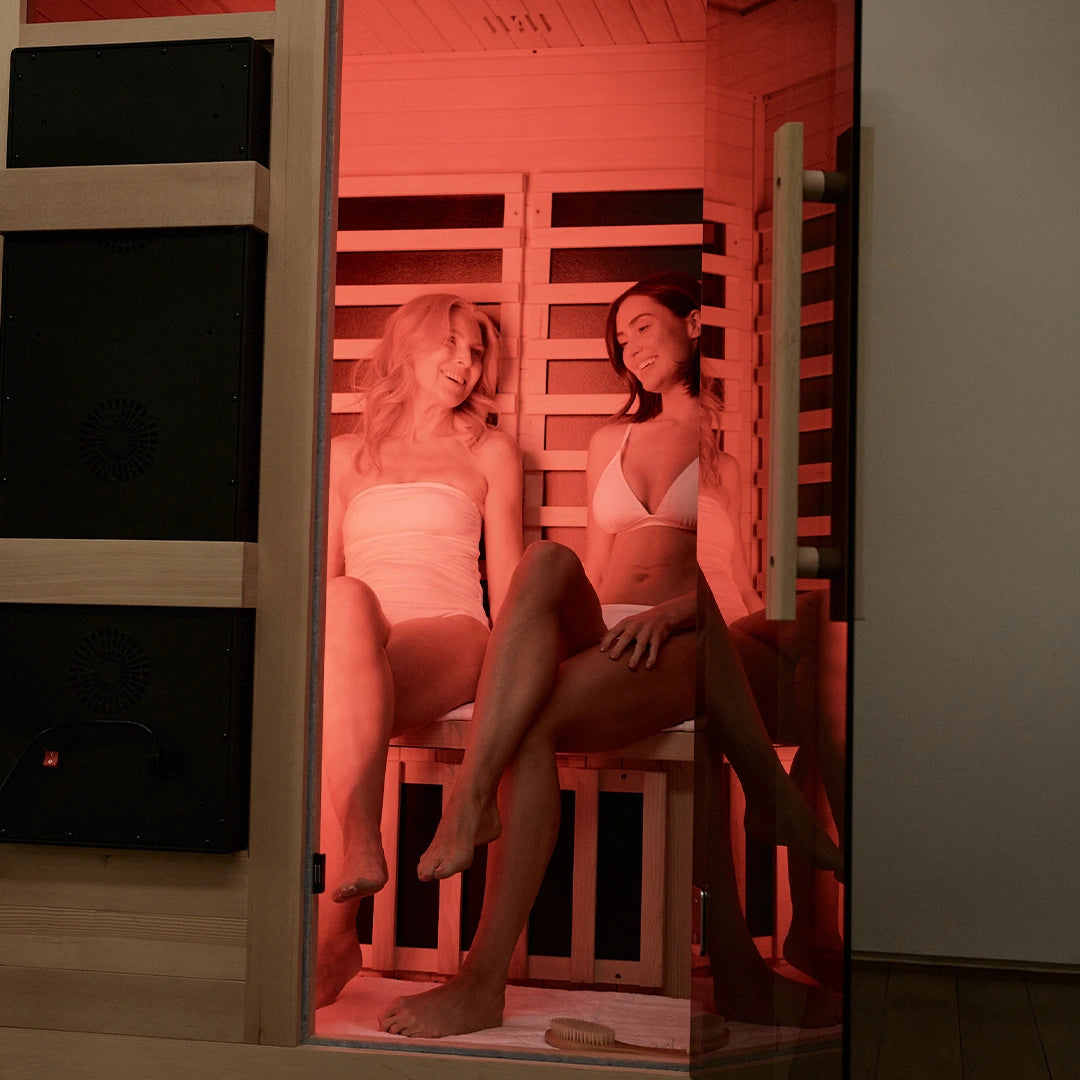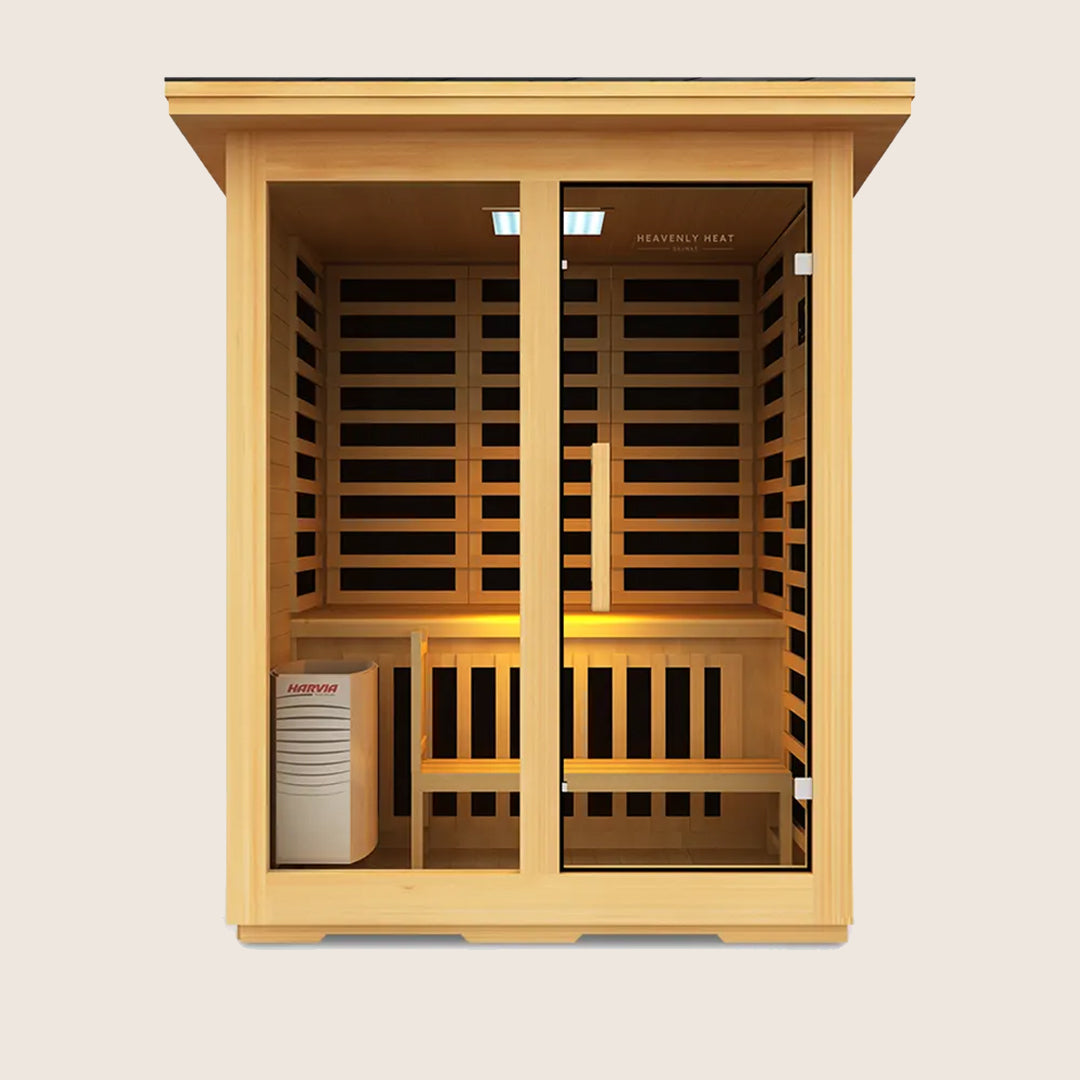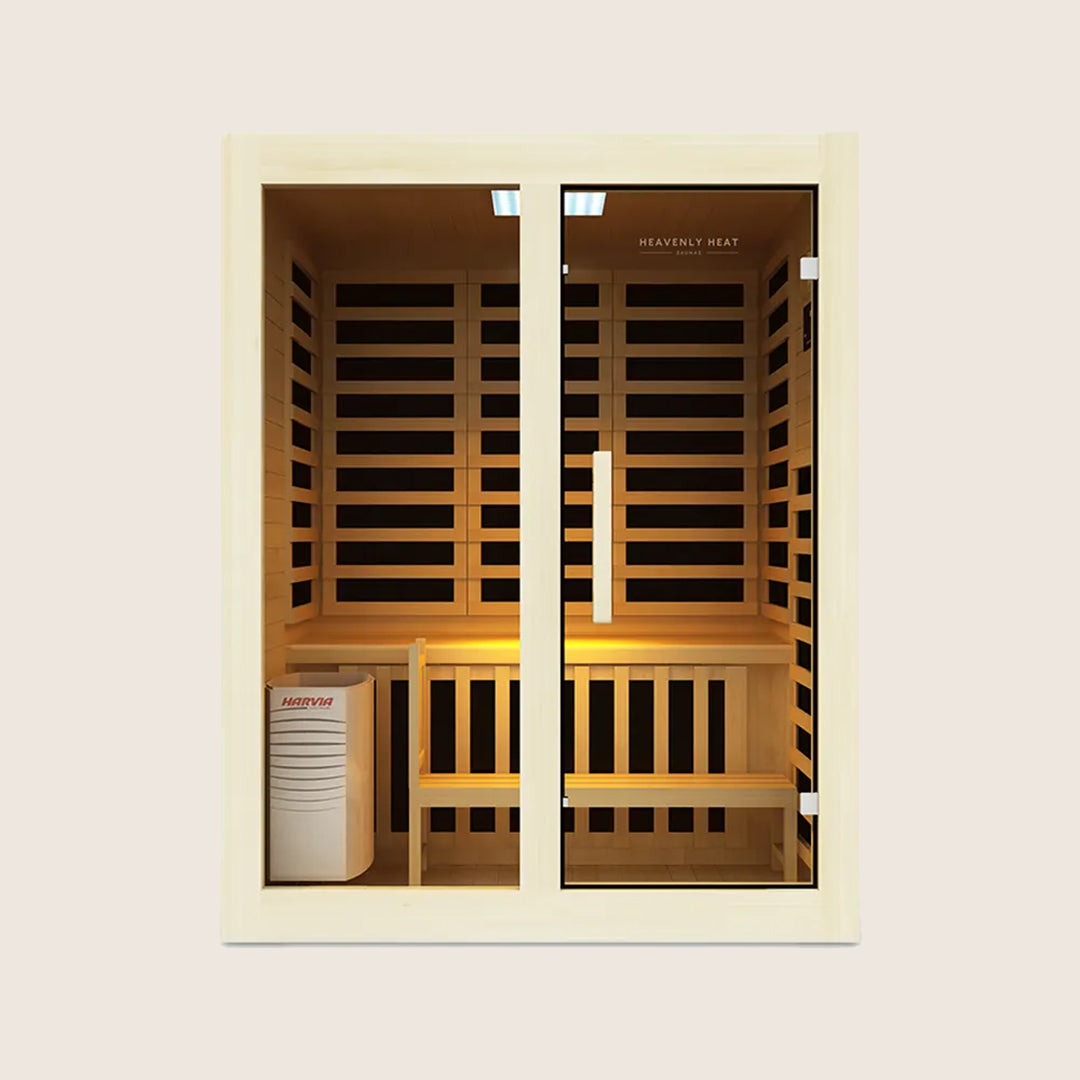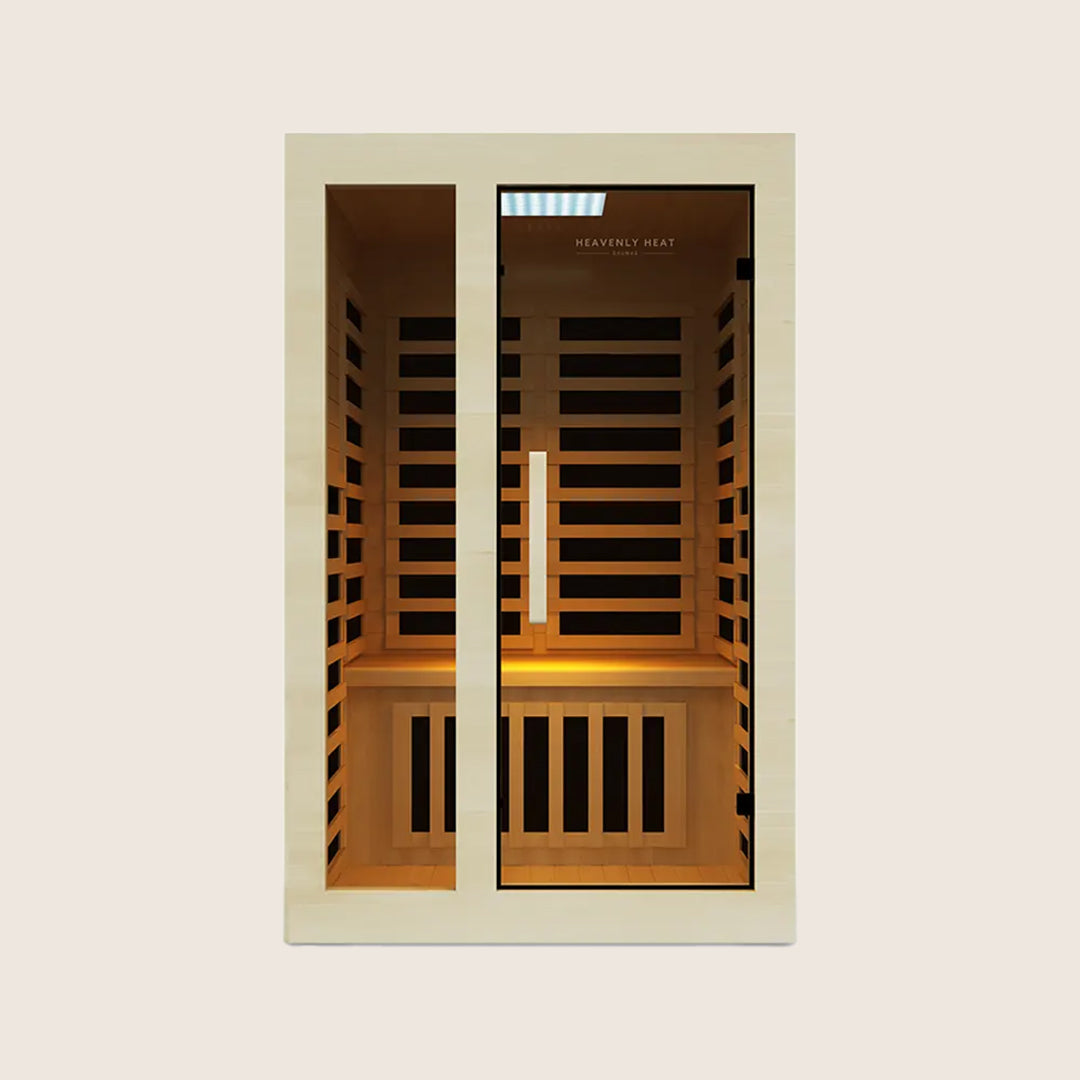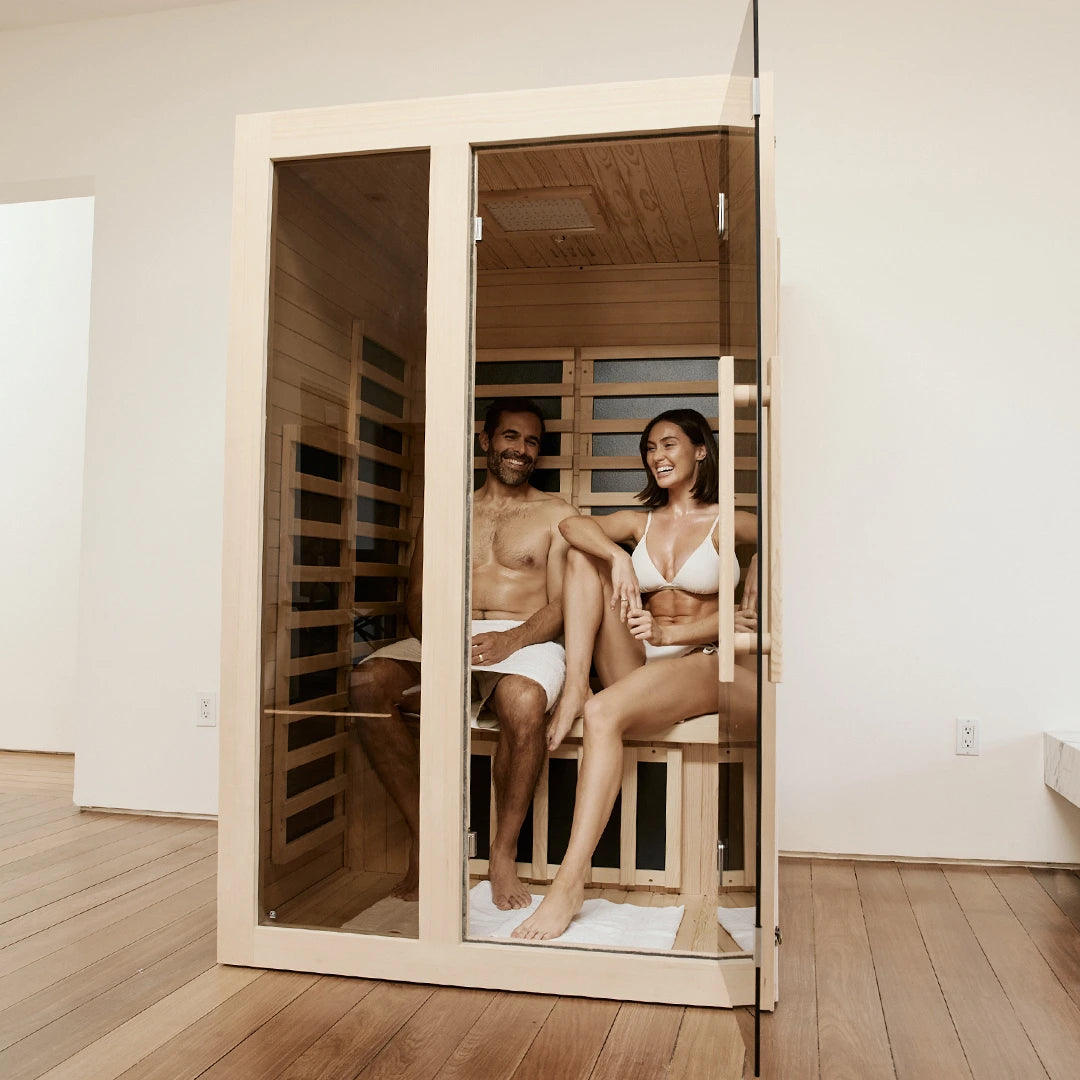Can You Get Legionnaires Disease From a Hot Tub? Risks Explained

Headaches, fever, muscle aches, and even severe coughing, these early signs could point to Legionnaires’ disease, a dangerous infection often mistaken for the flu.
Left unchecked, it can escalate into pneumonia, chest pain, or confusion, turning relaxation into a health crisis. Could your hot tub be the culprit? Let’s uncover the hidden risks and how to stay safe.
Key Takeaways
Hot Tub Safety Matters: Legionella bacteria thrive in warm, stagnant water, making poorly maintained hot tubs a risk.
Inhalation is the Main Risk: You can get Legionnaires’ disease by breathing in tiny water droplets from contaminated hot tubs.
Public Hot Tubs Pose Higher Risk: Hotels, gyms, and spas often have higher contamination due to heavy use and inconsistent maintenance.
Vulnerable Groups Are at Higher Risk: Older adults, immunocompromised people, and smokers are more likely to develop severe illness.
Prevention is Key: Regular cleaning, disinfectant control, pH monitoring, and responsible use drastically reduce the risk of infection.
What is Legionnaires’ Disease?
The Mayo Clinic explains that Legionnaires’ disease is a serious type of pneumonia caused by the bacterium Legionella, most often Legionella pneumophila.
People usually become infected when they inhale tiny droplets of water that contain the bacteria, making it a preventable yet potentially dangerous illness, particularly for older adults, smokers, and those with weakened immune systems.
The primary causes include:
Contaminated water systems: Large building cooling towers, hot tubs, fountains, and water tanks can harbor the bacteria.
Aspiration: Accidentally breathing water into the lungs, especially while drinking, may introduce the bacteria.
Soil exposure: Though less common, some cases occur after handling contaminated soil or potting mix.
Environmental growth: While Legionella naturally occurs in lakes and streams, human-made water systems provide ideal conditions for rapid bacterial growth.
Living with Legionnaires’ disease can significantly impact daily life, leading to fatigue, breathing difficulties, and lingering health issues even after treatment.
However, awareness and prevention play a key role. Building managers can maintain clean water systems, and individuals can reduce risk factors by quitting smoking and staying attentive to early symptoms.
On a positive note, most cases respond well to prompt antibiotic treatment, and safer water practices are increasingly being adopted in public and private settings.
With vigilance and proper care, the risk of Legionnaires’ disease can be managed effectively, allowing people to feel more confident about their health and environment.

Can You Get Legionnaires Disease From a Hot Tub?
Yes, it is possible to get Legionnaires' disease from a hot tub. Legionella bacteria thrive in warm, stagnant water.
Infection occurs by inhaling contaminated mist, especially in poorly disinfected, overheated, or poorly ventilated tubs. Proper maintenance, cleaning, and water chemistry prevent this risk.
How Legionella Bacteria Can Be Spread by Hot Tubs and Spa Pools?
Hot tubs and spa pools, while relaxing, can unfortunately provide the perfect environment for Legionella bacteria to grow and spread.
The warm water temperature, typically between 35–40°C, is almost identical to the bacteria’s ideal growth range, making these pools a frequent source of outbreaks.
The National Library of Medicine has noted that hot tubs were the third leading cause of legionellosis outbreaks between 2000 and 2014, after potable water and cooling towers.
What makes them particularly risky is the mist or aerosols created by water jets, tiny droplets that can be easily inhaled by people nearby.
The Centers for Disease Control and Prevention explains that this inhalation is the main way people contract Legionnaires’ disease or Pontiac fever.
Poor maintenance further increases the danger, as highlighted by Frontiers in Microbiology, which reported an outbreak in Spain where contaminated hotel hot tubs exposed dozens of tourists to extremely high Legionella levels.
Together, these findings make it clear that hot tubs, especially when not properly managed, pose a serious health risk.
Risks of Legionnaires’ Disease from Hot Tubs
Hot tubs may seem relaxing, but they can pose serious health risks if not properly maintained.
In recent years, investigations have shown that private balcony hot tubs were the likely source of two cruise ship outbreaks of Legionnaires’ disease, highlighting how devices with looser operating standards can become breeding grounds for bacteria.
Legionella thrives in warm water between 77–113°F, the very range most hot tubs operate in, especially when disinfectants break down quickly.
Data from the Morbidity and Mortality Weekly Report reveal that between 2015 and 2019, 208 outbreaks linked to treated recreational water caused more than 3,600 illnesses, 286 hospitalizations, and 13 deaths, all tied to Legionnaires’ disease.
In fact, Legionella was responsible for 42% of U.S. recreational water outbreaks during that time, with nearly half connected to spas or hot tubs in hotels and resorts.
To reduce risks, the CDC’s Model Aquatic Health Code and WHO guidelines stress strict disinfectant control, routine cleaning, proper pH balance, and vigilant monitoring, reminders that safe soaking depends on careful maintenance.
FAQ
Can Legionnaires’ disease spread from person to person?
Health experts, including the CDC, make it clear that Legionnaires’ disease and Pontiac fever are generally not spread from person to person. In fact, people who are sick don’t typically pass the infection to others, which can be reassuring if you’re worried about catching it directly from someone. Instead, investigations into outbreaks show that the bacteria responsible, Legionella usually spreads through the environment. The World Health Organization highlights that the most common way people get infected is by breathing in tiny water droplets (aerosols) that carry the bacteria. These droplets often come from sources like air conditioning cooling towers, hot and cold water systems, whirlpool spas, and even humidifiers. There are also rare situations, such as aspiration of contaminated water or ice in hospitals, or exposure during water births, where transmission can occur. Still, health authorities emphasize that to date, no direct human-to-human transmission has been documented, making Legionnaires’ disease an environmental concern rather than a contagious one.
Are public hot tubs riskier than private hot tubs?
While private hot tubs can be relatively safe if well maintained, public ones like those in hotels, gyms, or spas pose a far higher risk of bacterial contamination. Studies have shown that when water is recycled and maintenance is inconsistent, public hot tubs often harbor infection-causing bacteria such as Legionella and Pseudomonas. The CDC reports that from 2015 to 2019, nearly all (96%) outbreaks linked to treated recreational water occurred at public venues, with many traced to hotel hot tubs. Earlier reports, including CDC (2004, MMWR), also documented outbreaks tied directly to spa use. The root problem lies in heavy use, lapses in personal hygiene, and chlorine levels that dissipate faster in hot water. Although the Department of Health advises testing pH and alkalinity before each use and at least three times weekly, compliance isn’t always consistent. To stay safer, health organizations recommend showering before entering, avoiding hot tubs when ill, and respecting capacity limits. Ultimately, public hot tubs carry greater risks than private ones.
Can someone die from Legionnaires’ disease caused by hot tubs?
Legionnaires’ disease, a serious lung infection caused by Legionella bacteria, can indeed be deadly when linked to hot tubs. While there isn’t a set annual number of cases tied only to hot tubs, the CDC documented 65 outbreaks from recreational water sources like pools, spas, and hot tubs between 2015 and 2019, resulting in 13 deaths. A striking example, reported in Public Health Reports, was the 2019 North Carolina Mountain State Fair outbreak, where exposure to poorly maintained hot tub displays led to 136 cases, 98 hospitalizations, and 4 deaths—making it the largest hot tub–associated outbreak worldwide. The overall fatality rate of Legionnaires’ disease is about 10%, according to StatPearls, though many infections go undiagnosed. Certain groups face much higher risks: older adults, people with weakened immune systems, and smokers are especially vulnerable, as highlighted by the Mayo Clinic. Proper maintenance, cleaning, and chemical treatment of hot tubs remain critical, since neglected systems can easily create the perfect breeding ground for this dangerous bacteria.


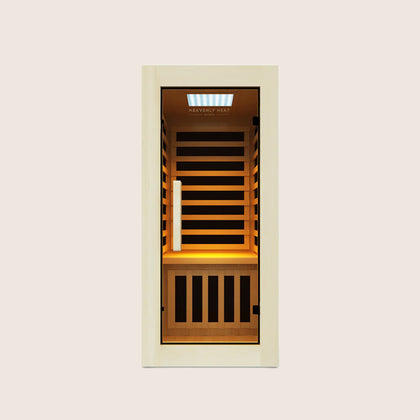

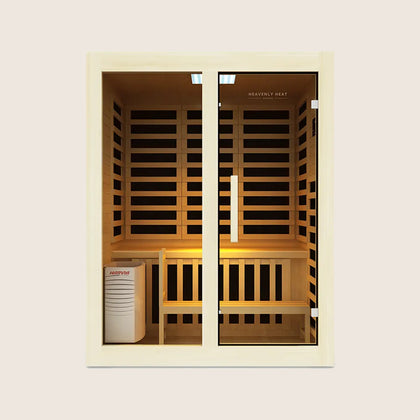
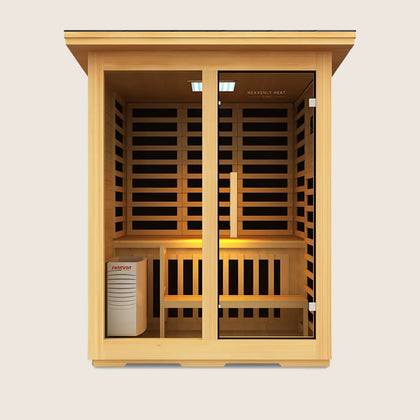
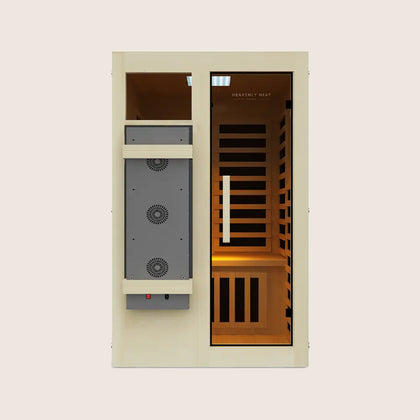



![Infrared Saunas With Premium Canadian Hemlock & Cedar Wood [Luxury Picks]](http://heavenlyheatsaunas.com/cdn/shop/articles/Add_a_subheading_37_800x.jpg?v=1762441279)




